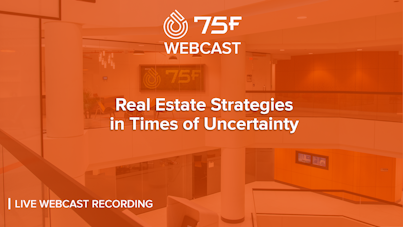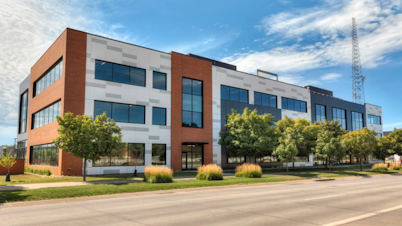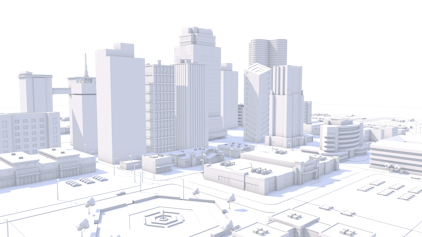
Understanding Role-Based Access at 75F
In the age of IoT and data-driven building management systems, safeguarding sensitive information and ensuring seamless operation is paramount. At 75F, we take data security seriously, and to achieve this, we employ a comprehensive security framework called O.R.A.N.G.E. In this blog post, we will delve into the second letter of the acronym, "R," which stands for Role-Based Access, a crucial component of our robust security strategy.

UnderStanding Role-Based Access
Role-Based Access Control (RBAC) is an intelligent approach to managing system access by providing users with permissions based on their roles and responsibilities within an organization. In Facilisight, role-based access control enables administrators to assign specific roles to users, granting them access only to the information and functionalities essential for their job duties. This granular access control not only enhances security but also streamlines workflows, promoting efficiency across the organization.
Multi-Factor Authentication
At 75F, we go above and beyond to ensure that only authorized personnel can access important employee portals. One of the most effective security measures we employ is Multi-Factor Authentication (MFA). MFA requires users to provide two or more forms of identification before gaining access to the system.
By implementing MFA, we add an extra layer of protection against unauthorized access, significantly reducing the risk of data breaches and potential security threats. Even if an attacker manages to obtain a user's password, they would still need the additional authentication factors to gain entry.
Audit Trails and Logs
In the pursuit of complete transparency and accountability, 75F ensures that every action within the BMS is logged and recorded through comprehensive audit trails. These audit trails capture and document every interaction, modification, or access attempt made by users, including successful and failed attempts.
By maintaining detailed logs, our system administrators can monitor and track user activities within the BMS effectively. In the event of any suspicious activity or security incident, these logs become invaluable in identifying the source of the problem, mitigating risks, and strengthening the system against future threats. Audit trails also play a crucial role in meeting regulatory compliance requirements, further bolstering our commitment to data protection.
Benefits of Role-Based Access at 75F
Enhanced Security: RBAC minimizes the risk of unauthorized access to sensitive information, ensuring that only authorized personnel can control and monitor the building systems. This prevents potential malicious activities and data breaches.
Streamlined Operations: With role-based access, each user gains access to the specific tools and features necessary for their job responsibilities. This streamlines operations, prevents accidental errors, and enhances overall efficiency.
Customizable Access Levels: Our RBAC system allows administrators to customize access levels based on individual roles and responsibilities. This flexibility enables organizations to adapt the system to their unique organizational structure easily.
Reduced Human Error: By limiting access to critical features, RBAC mitigates the chances of accidental or unintentional actions that could impact building operations.
Role-Based Access Control is a cornerstone of 75F's O.R.A.N.G.E security framework, ensuring the utmost protection of our customers' data and systems. By implementing RBAC, along with multi-factor authentication and comprehensive audit trails, we provide a robust and dynamic security solution that enhances building safety and efficiency.











